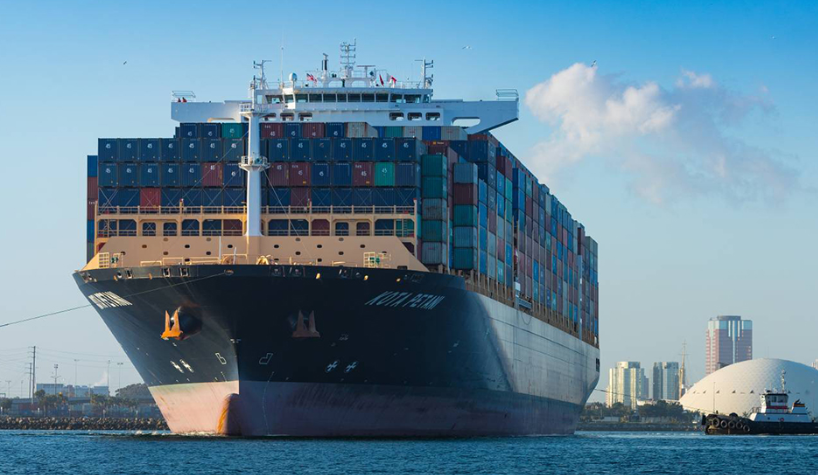Logistics

October 1, 2015
Imports and Warehouse Inventory Decrease at Gulf Ports
Written by Sandy Williams
A check on port conditions in the Gulf region revealed that warehouses are low on steel inventory as customers cautiously anticipate the outcome of antidumping cases.
SMU’s source in the Houston area had the following comments:
“Our company predominantly handles flat rolled products and we have seen a depletion of inventory as our customers await the outcome of the anti-dumping ruling. The postponement in August was not a long enough one for them to place orders for delivery before the next decision date in November. The once record levels of inventory are now cycling out to customers without replenishments coming in. Pipe inventories remain high in Houston with the slowing of the oil patch and yards there are cut back to smaller operations crews and single shifts.”
Import levels have dropped considerably especially from countries named in anti-dumping suits, said our source. “We are seeing a moderate amount of imports coming in from new countries, but nowhere near the levels to supplement the previous imports. Some companies are sourcing new mills for supply and running trials, but those results are months in the making.”
Warehouse vacancy has increased in the Houston area causing square footage costs to drop. “Landlords are frantically attempting to secure long term high rate contracts with tenants before the market crumbles. Real Estate agents and brokers have already informed me that industrial properties such as ours are reappearing on the market at rates closer to those of 2012 – 2013.”
Our source expects a slow fourth and first quarter due to slowing imports, low inventory and the purchasing agreement cycle. He estimates business in Houston will be off by 20 percent. “Other companies that are involved in the oil patch and flat-roll business are seeing imports off by 30 percent plus.”
No logistics problems were reported but in the flatbed truck market demand and spot rate transportation rates are falling.
“Customers are becoming aggressive in securing contracted rates with carriers now, before the years end, for next year’s services. They are using the same tactics that the landlords are in reverse, hoping to lock in pricing structures for next year while the market is soft.”
Port News
Port of Houston steel volume (import and export) reached a record high in 2014 but has decreased 10 percent through August versus last year. Steel imports January-August 2015 totaled 3.78 million tons, down 8.5 percent from the same period in 2014. Port of Houston Authority, Executive Director Roger Guenther said, “The softening in steel reflects a return to a normal growth pattern.”
The Port of Houston recently completed dredging that will allow passage of the larger vessels expected from the Panama Canal expansion. The Port is now authorized to receive vessels that require a 45-foot operating draft at its Barbours Cut Container Terminal. The dredging matches the capability of the Houston Ship Channel.
“The growth in containerized cargo through the Port Authority terminals and the increase in Post-Panamax ships coming to the Port of Houston require more draft depth and faster, larger cranes for even more efficient handling of containerized cargo across our docks,” said Executive Director Roger Guenther. “This first milestone for our dredging project represents our commitment to invest in our facilities and accommodate growth.”
JOC reports that trade patterns are returning to normal now that West Coast port congestion has dissipated following the resolution of the ILWU/PMA contract dispute. Import volumes year over year rose in August at West Coast ports, with Long Beach increasing 23 percent, Oakland 15.1 percent, and Los Angeles 3.8 percent.
East Coast ports can look forward to an increase in container volume following completion of the Panama Canal expansion in spring 2016. Like the Port of Houston, Savannah and Charleston are investing in deep water channels and infrastructure to handle the increased traffic and larger vessels.
Further up the coast, the Ports of New York and New Jersey are seeing slower growth after double digit increases during the West Coast cargo diversions.






